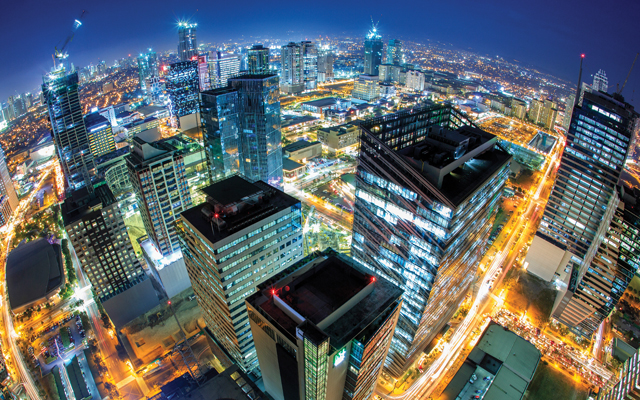While the Philippines has seen a breach in foreign arrivals this year, stakeholders are urging the Department of Tourism to focus on long-term recovery plans.
Stakeholders have been asking for a clearer Philippine tourism recovery plan while proposing interventions to make it easier for tourists to visit.
Tourism secretary Christina Garcia Frasco has announced that the 4.8 million foreign arrivals target for this year has already been breached in November, with top arrivals from South Korea, the US, Japan, China and Australia.

However, industry stakeholders want to know the Department of Tourism’s plans on, among others, how and whether the 8.2 million foreign arrivals in 2019 can be reached in 2024 or in 2025 yet; clear indications of targeted source markets, taking into account also the movements coming in and out of these markets; clear directions on marketing and promotions and targets so that they can also plan and adjust accordingly.
“You cannot skirt the numerical indicators. The numbers pre-pandemic are absolute figures already. What are the targets for 2024 and 2025?” asked Benito Bengzon Jr, executive director of Philippine Hotel Owners Association.
“We need to know the recovery plans. This is serious business,” he emphasised.
DTH Travel CEO, Stephan Roemer, has discussed with Frasco the need to simplify the bureaucratic and complicated filling up of online forms for incoming visitors.
Roemer stressed to “make it easy” and “friendly”, adding that tourists like easy and simplified handling. He said: “Tourists don’t have to be treated in a complicated way.”
Other countries have easier inbound procedures – including Thailand where tourists can swiftly enter the airport, said Roemer who has investments in Blue Horizons Travel and Tours and The Ocoy Hotel and Villas.
Another issue to contend with, he said, is that the Philippines does not have many direct flights, especially from longhaul markets, an aspect that gives other competing destinations a stronger edge.
Roemer said that while the Philippines has improved a lot over the last three years and has all that tourists want, addressing these issues will further boost inbound performance.
Scant air connectivity is a major issue considering that over 99 per cent of Philippine inbound arrive via airplanes. It is the only South-east Asian country that has no crossborder with its neighbours. Most of its top tourist attractions are islands reachable faster by airplanes.
“If you don’t have flights and seats, you don’t get the numbers,” Bengzon said.
Numbers indicate that there is still a big gap in air passenger traffic in 2019 and 2022. “Unless we go back to 2019 in air passenger movements across all airports, it will be difficult to get back to 2019 (levels),” he noted.
Rajah Tours president Jojo Clemente pointed out that “accessibility is one thing we should be talking about”.
“Not only accessibility from abroad but inter-island accessibility too,” he added.
Clemente said the saying, build and they will come, holds true in the tourism and hospitality industry, and highlighted the importance of accessibility – by air, water and overland – in growing tourism business.
At the recent Hotel Sales and Marketing Association (HSMA) Summit, Bruce Winton, Marriott International’s multi-property vice president Philippines, said he is always in awe of the Philippines’ physical beauty and many of its destinations are unexplored, but that how to reach those destinations can be a challenge at times.
Also at the HSMA Summit, Jonathan Ravelas, managing director, eManagement for Business and Marketing Services, predicted that the Philippine hospitality industry’s recovery will be two years from now, with relatively high interest rates and a different global landscape than in 1990s.
From an economist’s viewpoint, Ravelas said the industry cannot rely on marketing and promotions alone. The destination has to improve its infrastructure as well.




















